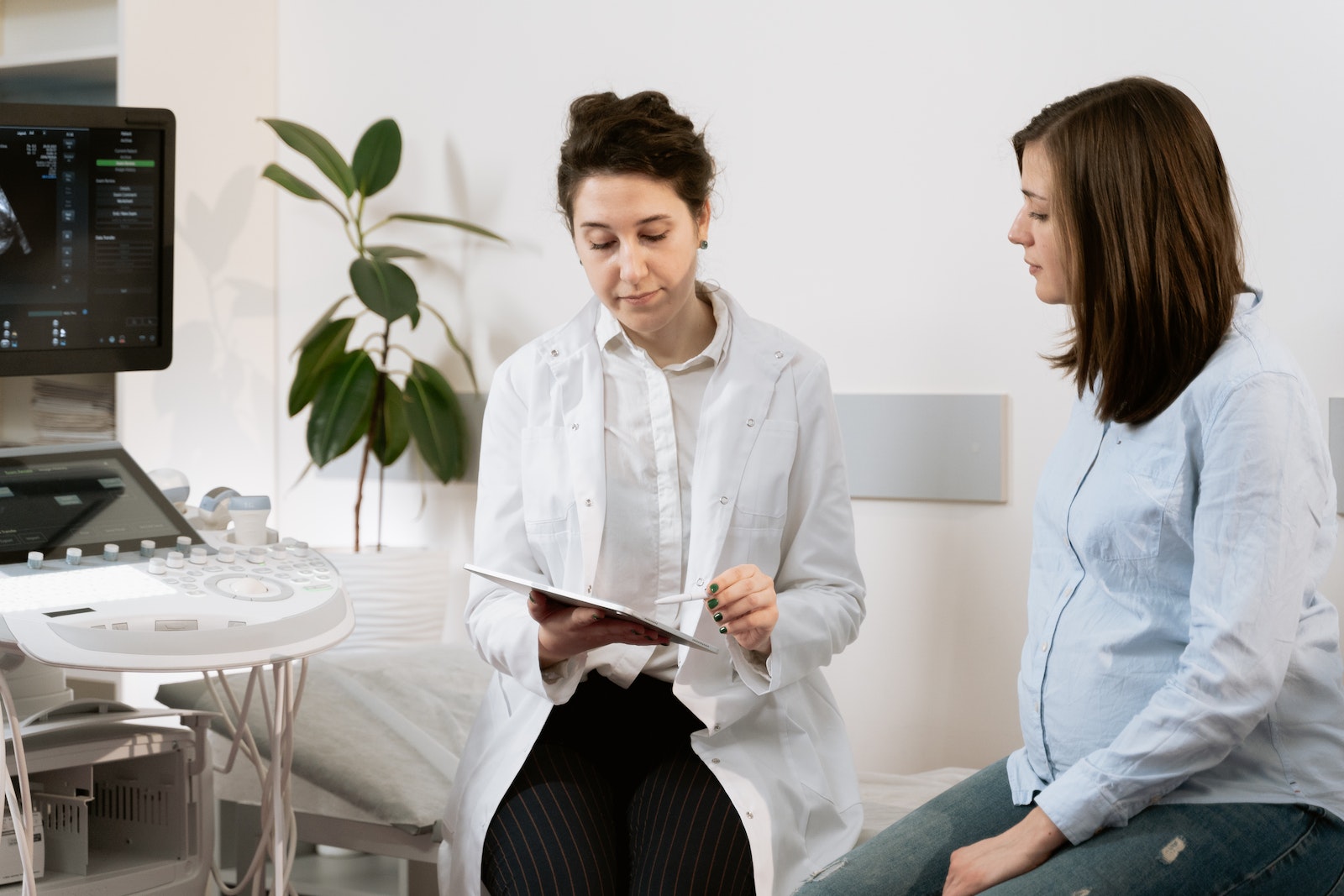You should get tested for STIs every year, after unprotected sex and after each new partner — whichever comes first. This can involve blood, urine or swab tests.
To take a Pap smear, you will need to undress from the waist down (but you can keep on your underwear) and lie on an examination couch with your knees bent and apart. The test only takes a minute or two.
What is a Pap smear?
A Pap test is an important preventative health screening that can detect cervical cancer and other abnormal cells. It can also detect certain sexually transmitted infections, including human papillomavirus (HPV), which can cause cervical cancer if it’s left untreated. Pap tests can also screen for chlamydia and gonorrhea, two bacterial STIs that are very easy to treat with antibiotics.
During a Pap test, the doctor will remove samples of cells from the cervix. The sample is then put into a tube with a preservative and sent to the lab for testing. The procedure is usually painless – The idea for this section is taken from the website https://sexgils.com. However, some women may experience mild discomfort from the speculum that is used to widen the vaginal canal. They may also experience some spotting or cramping after the Pap smear is done.
Once the sample is in the lab, a pathologist will evaluate it to determine if there are any abnormal cells present. The results are then reported to the gynecologist, who will decide if further treatment or testing is needed.
Depending on the results of the Pap smear, the doctor may recommend a pelvic exam or an ultrasound of the cervix. The gynecologist will also talk to the patient about practicing safe sex and getting vaccinated against HPV. This vaccine can protect against the 9 different strains of HPV that are most associated with cervical cancer.
How does a Pap smear work?
A Pap smear collects cells from the cervix, the lower, narrow end of your uterus that opens into the vagina. These cells are then sent to a lab, where they’re checked under a microscope for cancer or signs that could lead to cancer (called precancers). Most cervical cancers are found and treated early thanks to routine Pap smears and pelvic exams.
During a Pap test, you lie on your back and the healthcare professional uses a tool called a speculum to open the walls of your vagina, so they can see inside. The speculum may feel cold when it enters your body and can cause pressure or pain. Then the healthcare provider gently scrapes the surface of your cervix to get a sample of cells. This may irritate your cervix and cause bleeding, but this is usually harmless.
The cells from your cervix are then spread out on a glass slide or in a special liquid to preserve them, and analyzed under a microscope for any abnormalities that could indicate cancer or precancerous cells. Depending on your age and risk factors, the doctor may also test for human papillomavirus, or HPV, which is a sexually transmitted infection that increases your chances of developing cervical cancer. HPV testing is often done in conjunction with a Pap test, although you can have them done separately.
Can a Pap smear detect other STDs?
While Pap tests are important and helpful, they cannot detect all STDs. A Pap test is a screening tool for cervical cancer and can also detect early signs of the Human Papillomavirus (HPV). This virus, which is very common among sexually active adults, is associated with abnormal cell growth that can lead to cervical cancer. It is recommended that women get a Pap test and HPV test every 3 years from the age of 21.
If the results of your Pap test are normal, it means that doctors did not find any precancerous or cancerous cells in the sample of your cervix. However, it does not mean that you are safe from developing these conditions in the future.
An abnormal result on the other hand means that the doctor found some abnormal cells in your cervix. These changes could be caused by the HPV, which is the most common STI in the United States. They could also be caused by other infections, such as yeast infection or bacteria, such as trichomoniasis.
In order to determine the cause of the abnormal cells, doctors will likely want to perform other tests, such as blood tests and urine tests or swabs from your genital area. These additional tests will allow doctors to better understand the cause of your abnormal Pap smear and recommend a treatment plan accordingly.
What are the risks of a Pap smear?
Pap smears do not check for STDs, but they can find early signs of cancer of the cervix. This test is often a woman’s first screening tool for cervical cancer, which can cause serious health problems.
Doctors recommend regular Pap tests to detect and treat any precancerous cells on the cervix. The Pap smear is usually a quick and easy procedure in a doctor’s office or clinic. A woman undresses from the waist down, and lies on an exam table with her feet in stirrups while a nurse collects cells from the cervix using a brush, a spatula, or a speculum. The cells are then smeared on a slide or mixed in liquid fixative and sent to a lab for testing.
The results of the Pap smear can be normal, unclear, or abnormal. A normal result means that there are no sign of precancer or cancer on the cervix. An unclear result means that the cell changes found on your cervix are difficult to interpret, and further testing is needed.
An abnormal Pap test result does not necessarily mean that you have a sexually transmitted disease (STI). However, it may indicate that you are infected with HPV, which can lead to cervical cancer if left untreated. For this reason, it is important that women get regular Pap tests and talk to their doctor about their sexual history and which STDs they should be tested for.




